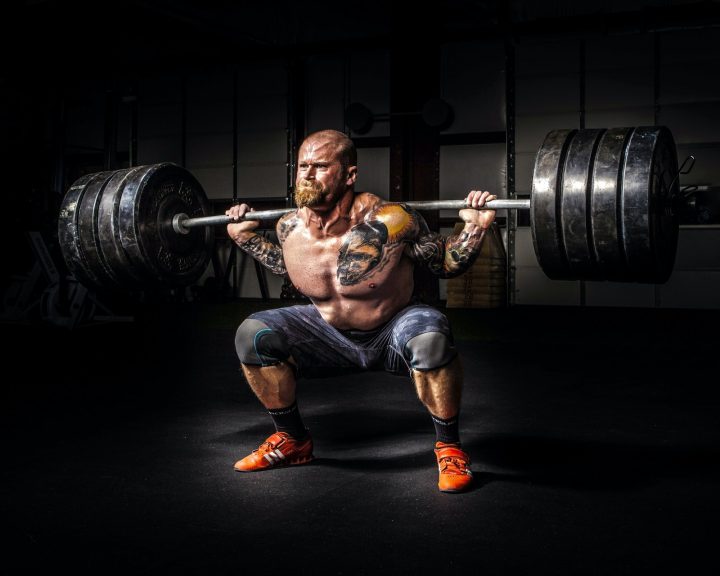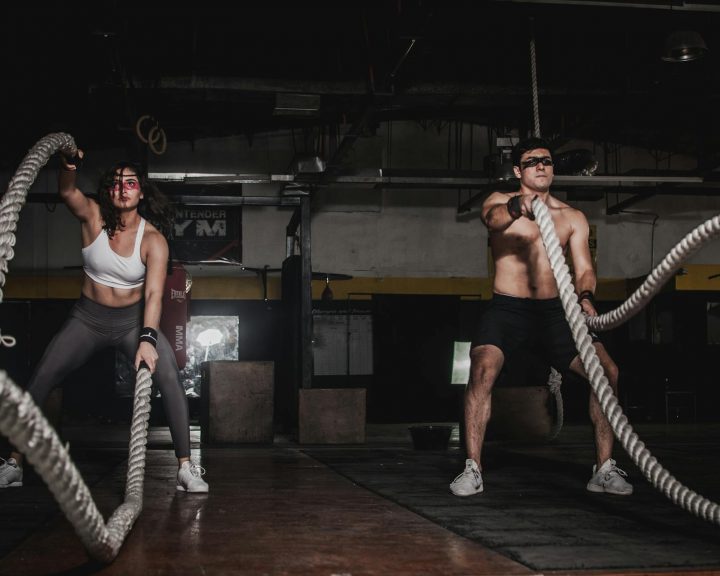For me the Olympic lifts have been the foundation of the strength and conditioning profession. Way back when I started Olympic lifting (early 1990’s, way before Cross Fit), there were more people fencing than doing the Olympic lifts. This made this knowledge a real asset as, back then, it was considered to be an important foundation for athletic strength and conditioning programs. In 2022 Morris et al published a review in Sports Medicine looking at weightlifting (i.e. Olympic lifting) training and comparing it to other modes of training (traditional strength training, plyometrics, or no training) to see if weightlifting training led to greater improvements in strength, power and speed than traditional strength training, plyometrics, or no training (i.e. control groups).
Of the studies reviewed, for the most part they lasted 6-8 weeks with a few lasting 10-15 and one lasting 28 weeks. Training ranged from 2-4 times per week. All the studies dealing with weightlifting used the weightlifting exercises, their derivatives, accessory strength exercise, and one study even focused on split style exclusively. Training intensity ranged from 55-95% and 1-7 sets of 3-12 repetitions.
When compared to non exercising controls, those doing weightlifting training made better gains in strength, squat jump performance, counter-movement jump performance and sprint speed. You would expect this. I would be highly concerned if not exercising led to better gains than exercising!
When compared to traditional (i.e. non-Olympic lifting) training, weightlifting training resulted in greater gains on the weightlifting movements. No advantage over traditional training for improvements in strength (they both did a good job there). Weightlifting may have been better at improving sprint speed but this was not statistically significant. Weightlifting resulted in better improvements in counter-movement jump performance than traditional training. Again, some of this you’d expect. Specificity says that we adapt according to how we train, so if I’m doing the Olympic lifts and you are not I should get better at them to a greater degree than you do. The trend towards better speed gains and the jumping performance are both interesting, however.
When compared to plyometric training, weightlifting training and plyometric training made similar improvements in speed, power, and strength.
Why is this a big deal? One word: time. There is never enough time in the day, especially when athletes are in season. Trying to find 30-45 minutes for strength training, 30 minutes for plyometrics, 30 minutes for speed training, plus warm ups, any prehab/rehab, mobility, sports skills, travel, school, life, and competition can be challenging. So if you have an exercise mode that checks several of these boxes, especially during the season, that’s less time that you have to find.
I’ve always been a big proponent of complexes. In other words, combining strength and power movements during the season. For example, heavy back squats paired with a vertical jump. Heavy power cleans paired with front squats. Bench press paired with medicine ball throws. That sort of thing. There is no magic benefit behind doing this, but it allows athletes to maintain/improve strength and power while investing less time in the weightroom.
Morris, S.J., Oliver, J.L., Pedley, J.S., Haff, G.G., and R.S. Lloyd. Comparison of weightlifting, traditional resistance training and plyometrics on strength, power and speed: A systematic review with meta-analysis. Sports Medicine, 52: 1533-1554, 2022.




